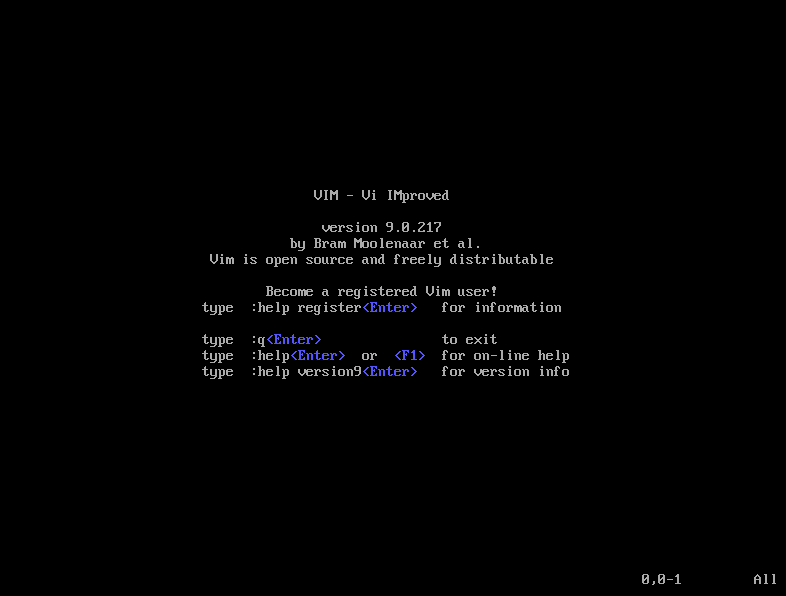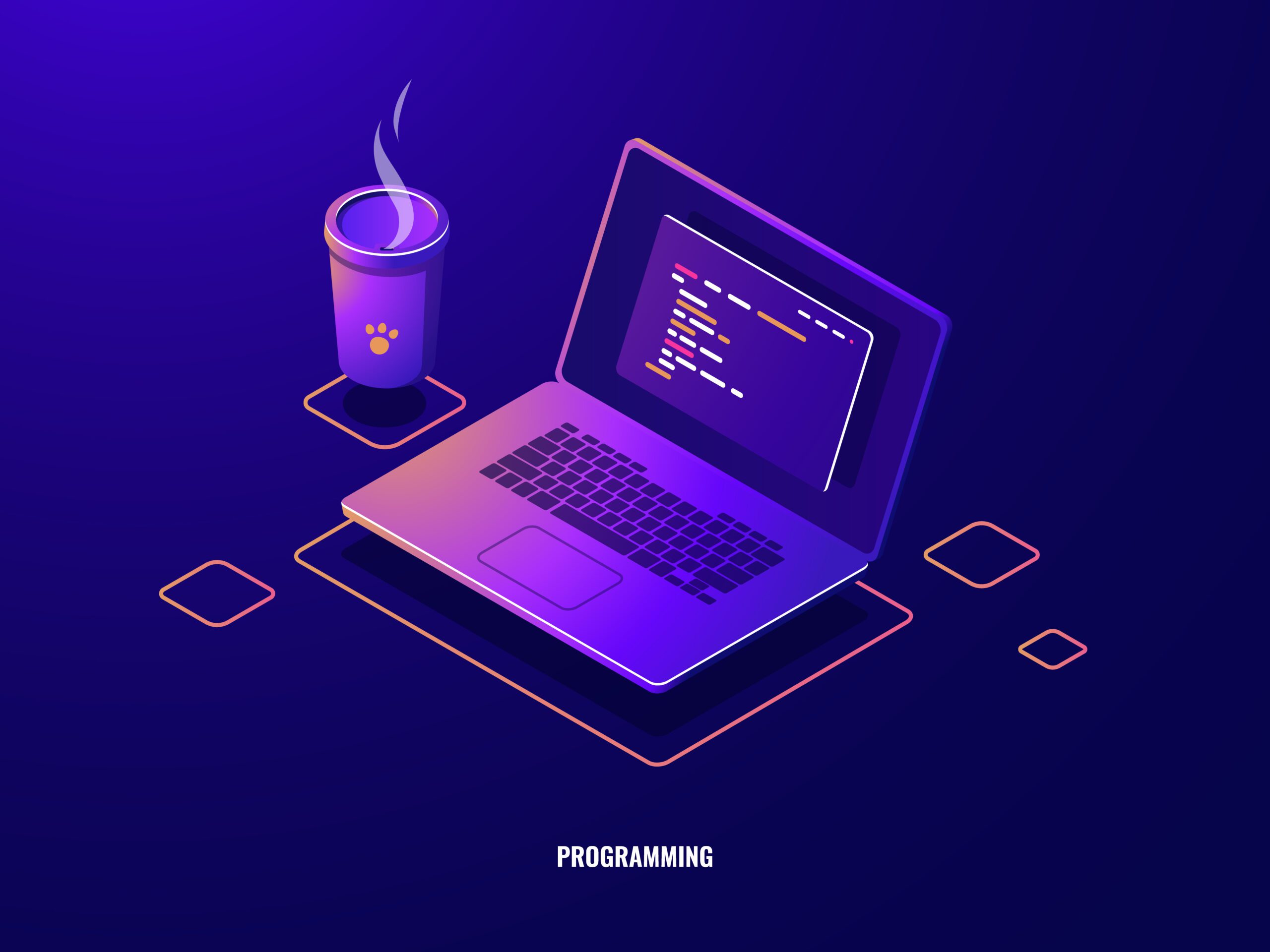What is Vim and How do I Install VIM in Linux? Before getting to details lets understand the basics of VIM.
Vim has been around for a long, developed around 1976, it offered users traditional yet powerful features such as an effective editing interface, terminal control, and many more.
VIM is a free program available for all major operating systems, and it has powerful features for working with files. By offering basic text editing as well as advanced functions, VIM can handle just about any industry.
This guide will show you how to Install Vim in Linux PCs. VIM built on feature sets of a still-free text editor known as “Vi,”
Vim does not require a dedicated “server” from which to run its programs; instead, Vim can be invoked from a running terminal session or with an SSH server connection.
Once set up, operating systems such as Linux and Mac OS can use an SSH tunnel to connect directly to the remote VIM instance, allowing you to edit files locally through copy & paste operations
Why should I use VIM?
If you’re looking to improve your productivity with a text editor, Vim is a great option. Vim is available on most Linux systems, and it’s free to use.
Vim is a powerful text editor that can help you become more productive with your computing time.
Features of VIM
Vim is a powerful text editor that can be used on a wide range of platforms.
Vim features a number of features that make it a powerful tool for editing text. One of the most important features of Vim is its command line interface (CLI). This allows you to work with Vim in a versatile and user-friendly way.
Vim also has an extensive set of syntax highlighting options. This allows you to easily identify the different types of code you are working with. Additionally, Vim has an amazing search feature that makes it easy to find specific pieces of text.
Here are a some of the extended vim features:
- Supports multi-level undo tree
- Vim provides extensive plugin system
- Provide support for hundreds of programming languages and file formats
- Powerful search and replace options
- Provides integration with multiple tools
How do I install vim in Linux Systems?
Vim editor can be installed from the default repositories using the package manager in the majority of contemporary Linux distributions, however the version you will receive is a little outdated.
On Ubuntu Debian and Linux Mint
$ sudo apt install vim For CentOS, RHEL and Fedora
$ sudo dnf install vim On Arch Linux
$ sudo pacman -S vim Vim can be installed using the default package manager in other Linux distributions. If the most recent Vim version is not available, follow the steps below to install Vim from source code.
# git clone https://github.com/vim/vim.git
# cd vim/src
# make
# make test
# make install
# vimFinally, Open Vim text editor on your system

That’s it. You have successfully installed latest Vim on your Linux system.
Conclusion
If you’re anything like me, then you tend to be a fan of using editing tools that are as versatile and fast as possible.
Well, if you’re looking for a good editor that is also optimized for Linux, Vim is definitely worth considering.
In this article, we will walk you through the simple step of installing Vim on your Linux computer.
Once you have everything set up, making edits to your text files will be a breeze. Let us know how things go in the comments below!




